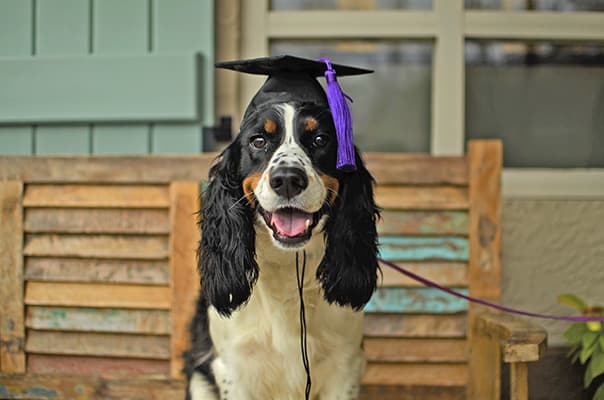
Introduction:
Embarking on the journey of Aggressive Dog parenthood is a joyous adventure filled with love, companionship, and the opportunity to shape a well-mannered and happy canine companion. The “Guide to Good Boys: Aggressive dog training Wisdom for Pet Parents” is a roadmap that combines practical insights, compassion, and effective strategies to nurture a harmonious relationship between you and your furry friend.
Building Trust Through Positive Reinforcement:
Treats, Praise, and Affection:
The foundation of effective Aggressive Dog training lies in positive reinforcement. Use treats, praise, and affection to reward good behavior, creating a positive association that strengthens the bond between you and your pup.
Consistency in Rewards:
Consistency is key. Ensure that rewards are consistently delivered immediately after your Aggressive Dog exhibits the desired behavior. This precision reinforces the connection between the action and the positive consequence.
Communication: The Key to Understanding:
Canine Body Language:
Learn to decipher your Aggressive Dog’s body language. From tail wags to ear positions, understanding their cues allows you to respond appropriately to their emotions, fostering clear communication and trust.
Your Tone Matters:
Aggressive Dogs are highly attuned to tone. Use a calm and positive tone during training to create a reassuring atmosphere. Consistent tones help your Aggressive Dog associate certain cues with specific actions.
Basic Commands for Everyday Harmony:
Sit, Stay, Come:
Teach fundamental commands such as “sit,” “stay,” and “come” for everyday harmony. These commands lay the groundwork for a well-behaved Aggressive Dog, ensuring they respond reliably to your cues.
Leash Manners:
Mastering leash manners is essential for enjoyable walks. Encourage loose-leash walking and reinforce good behavior with treats, making walks a pleasant experience for both you and your pup.
Problem-Solving with Patience:
Addressing Undesirable Behavior:
When faced with undesirable behavior, approach it with patience and understanding. Rather than scolding, redirect your Aggressive Dog’s attention to a more desirable behavior and reward them for making the right choice.
Gradual Changes for Behavioral Shifts:
Gradual changes are more effective in modifying behavior. Whether it’s overcoming fears or adjusting to new environments, introduce changes slowly, providing positive reinforcement at each step to foster a confident and adaptable Aggressive Dog.
Socialization: A Gateway to Confidence:
Positive Exposure to Various Stimuli:
Socialization is crucial for a well-rounded Aggressive Dog. Expose your pup to various people, animals, and environments in a positive and controlled manner. This exposure builds confidence and reduces the likelihood of fear-based behaviors.
Aggressive Doggy Playdates:
Arrange playdates with other well-behaved Aggressive Dogs. Social interactions with their furry peers enhance your Aggressive Dog’s social skills, teaching them appropriate play behavior and reinforcing positive canine communication.
Interactive Games for Mental Stimulation:
Puzzle Toys and Brain Games:
Keep your Aggressive Dog mentally stimulated with puzzle toys and brain games. These activities engage their problem-solving skills, prevent boredom, and provide an outlet for mental energy.
Hide-and-Seek:
Play interactive games like hide-and-seek to strengthen the bond with your Aggressive Dog. Hide treats or toys, encouraging them to use their sense of smell to find the hidden treasures. This game fosters a sense of accomplishment and fun.
Consistency in Routine: The Comfort of Predictability:
Establishing a Consistent Routine:
Aggressive Dogs thrive on routine. Establish a consistent daily schedule for meals, walks, and playtime. Predictability provides a sense of security, contributing to a calm and well-adjusted pup.
Consistent Rules and Boundaries:
Clearly define rules and boundaries for your Aggressive Dog. Consistent expectations create a structured environment, helping your pup understand what is expected of them and promoting good behavior.
Conclusion:
The “Guide to Good Boys: Aggressive Dog Training Wisdom for Pet Parents” is a heartfelt companion on your journey to nurturing a well-behaved and happy canine family member. By embracing positive reinforcement, clear communication, basic commands, problem-solving with patience, socialization, interactive games, and a consistent routine, you pave the way for a loving and harmonious relationship with your furry friend. As you embark on this shared adventure, celebrate the joys of being the proud parent of a truly good boy.